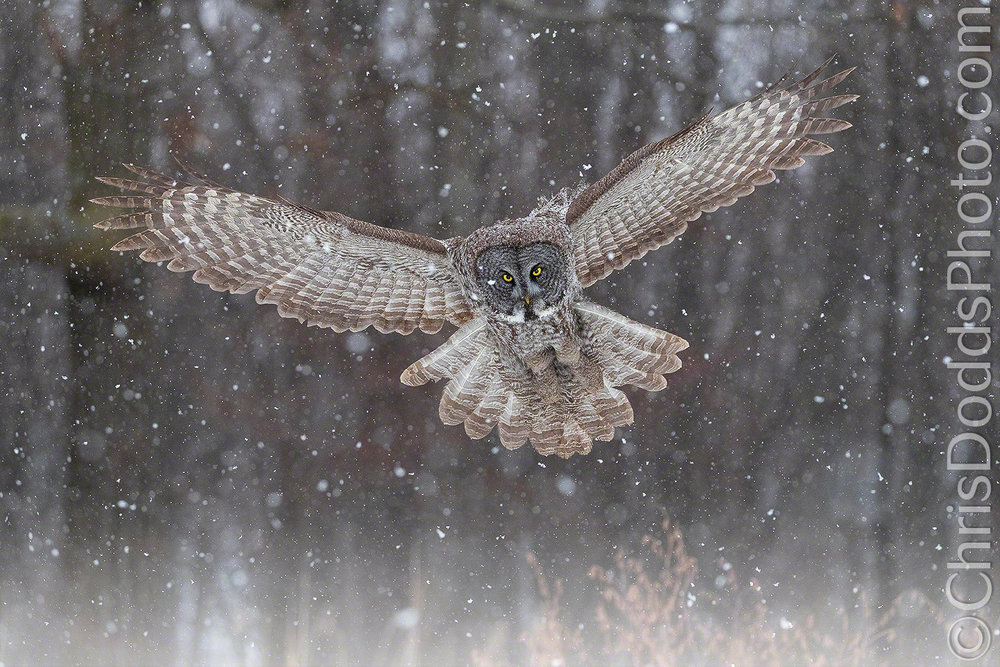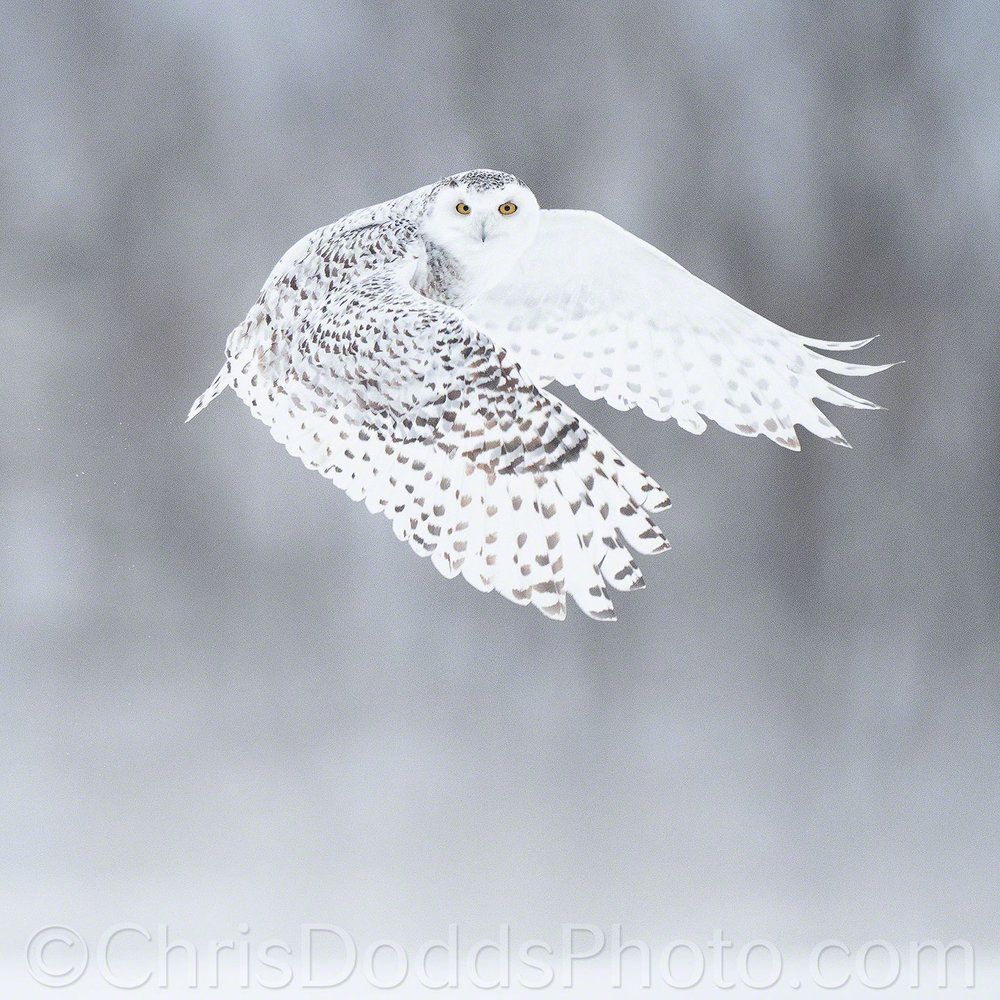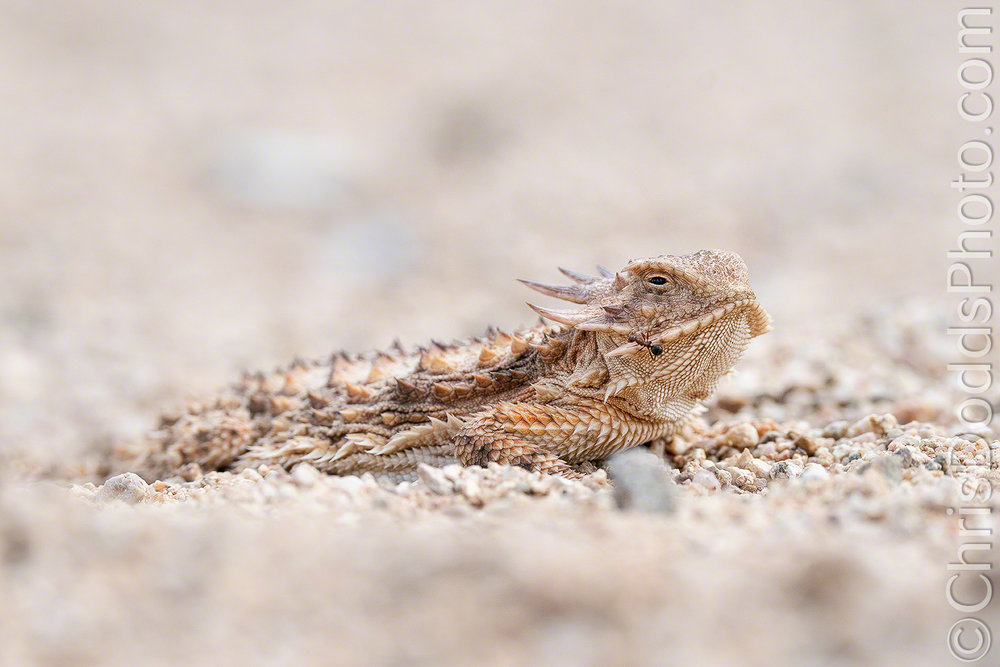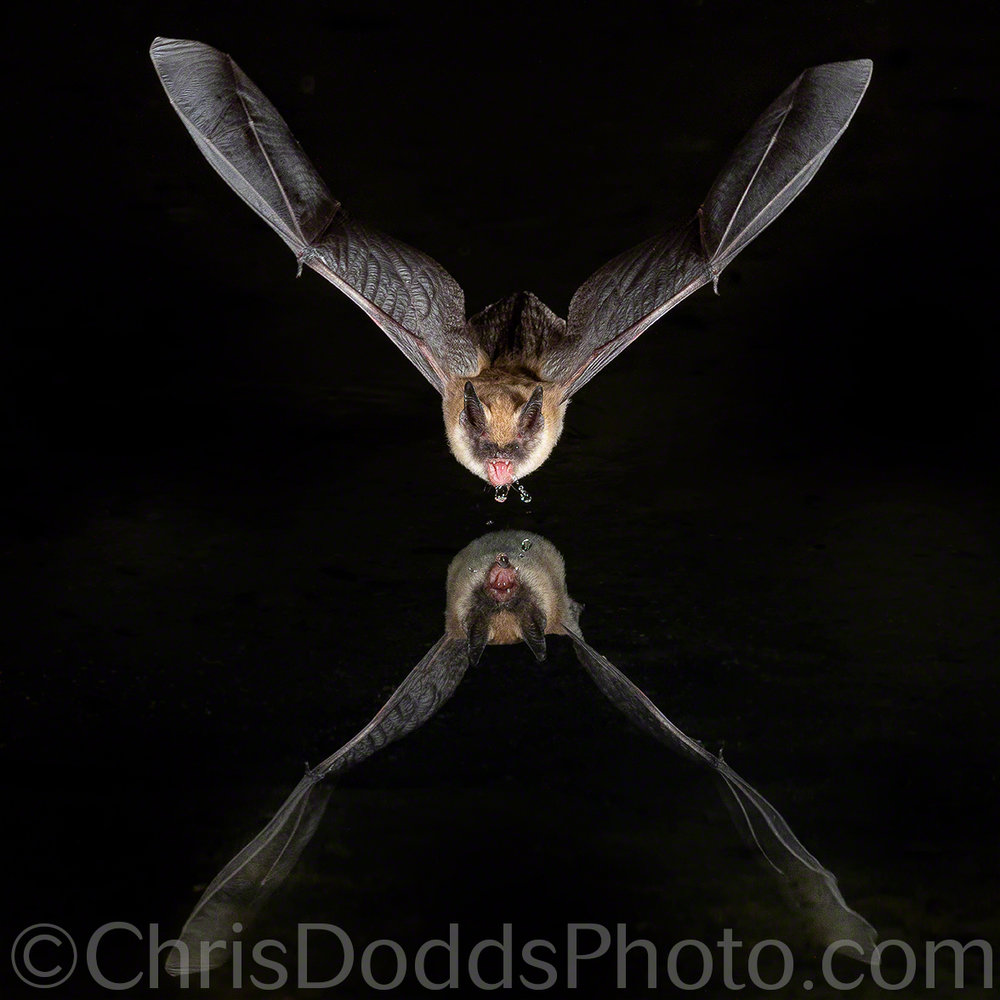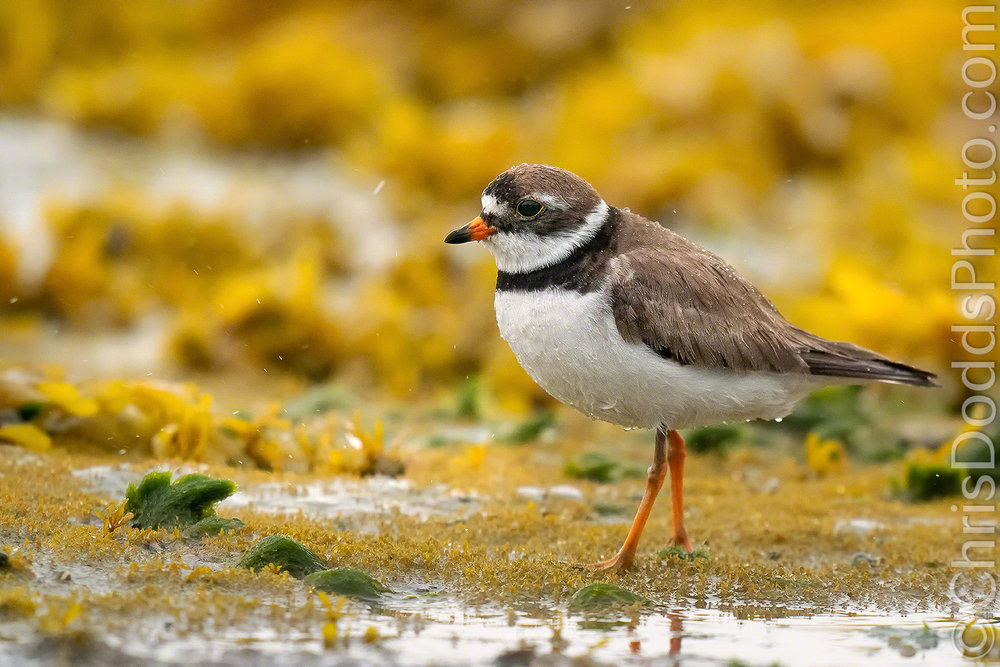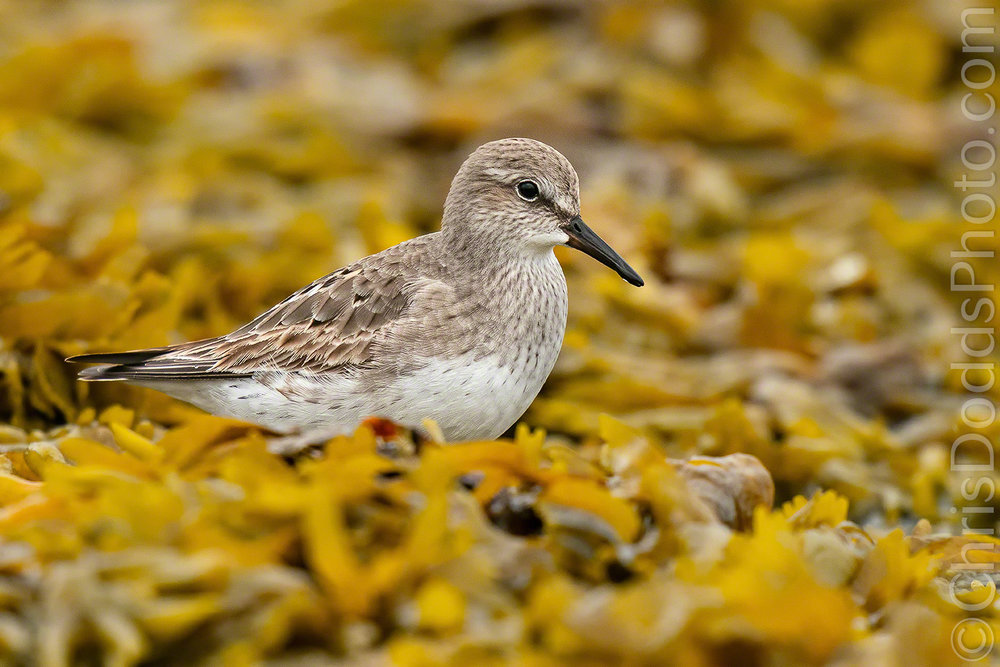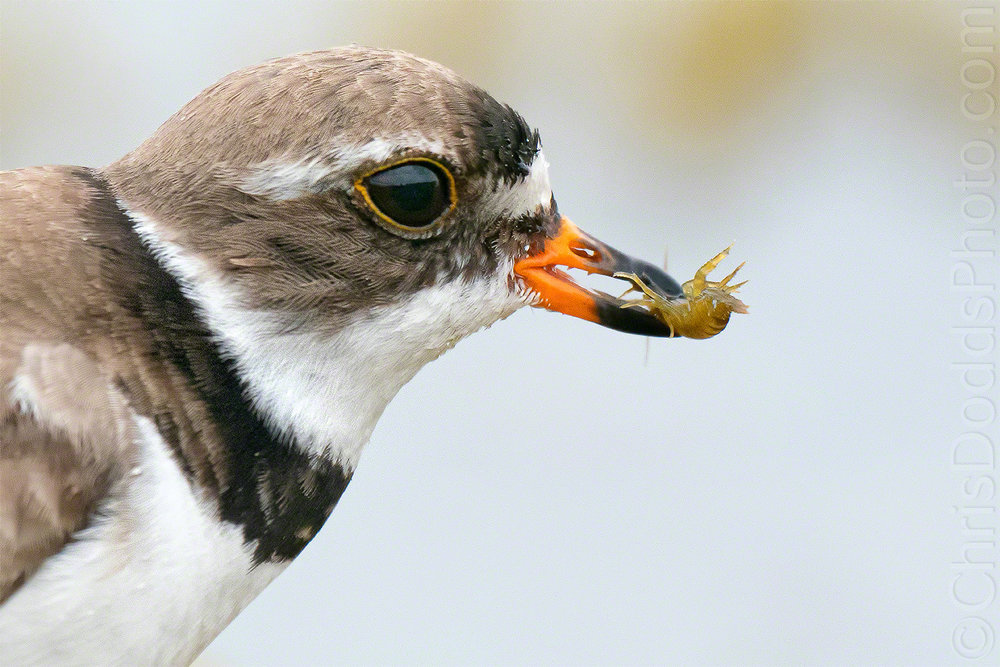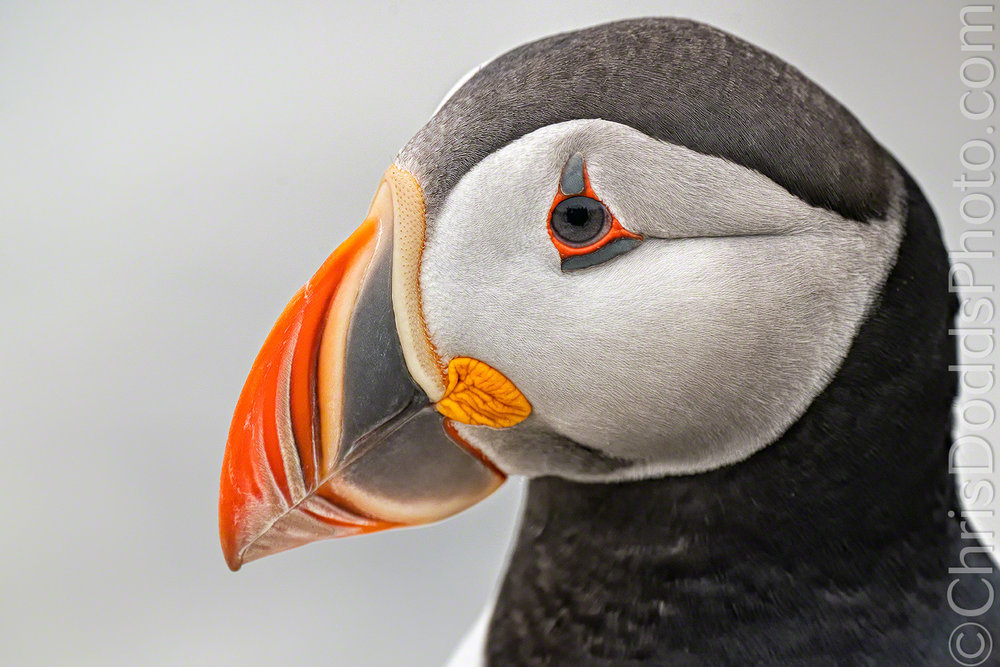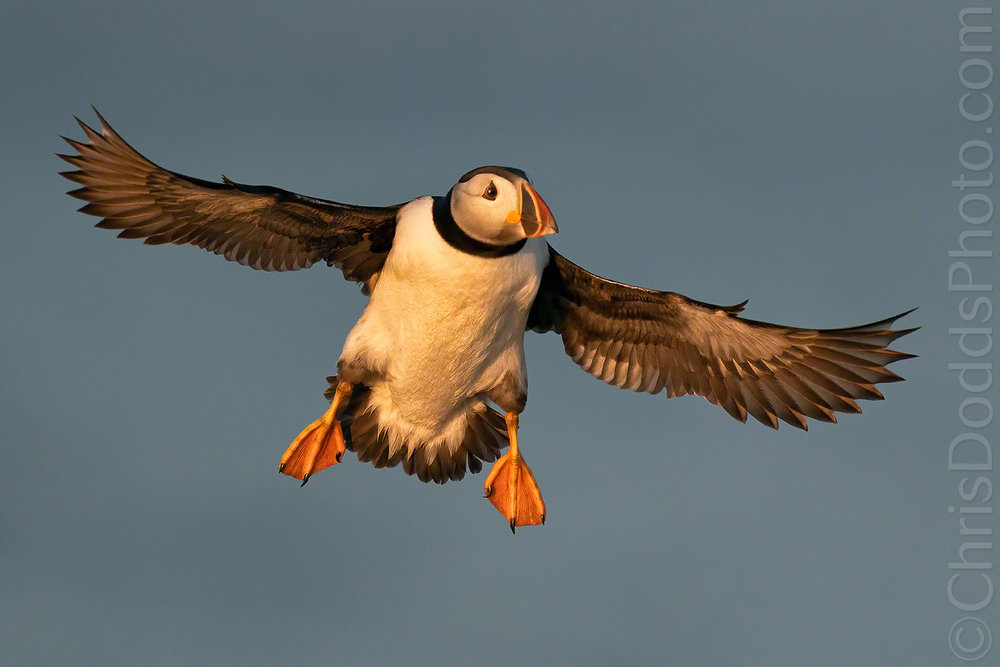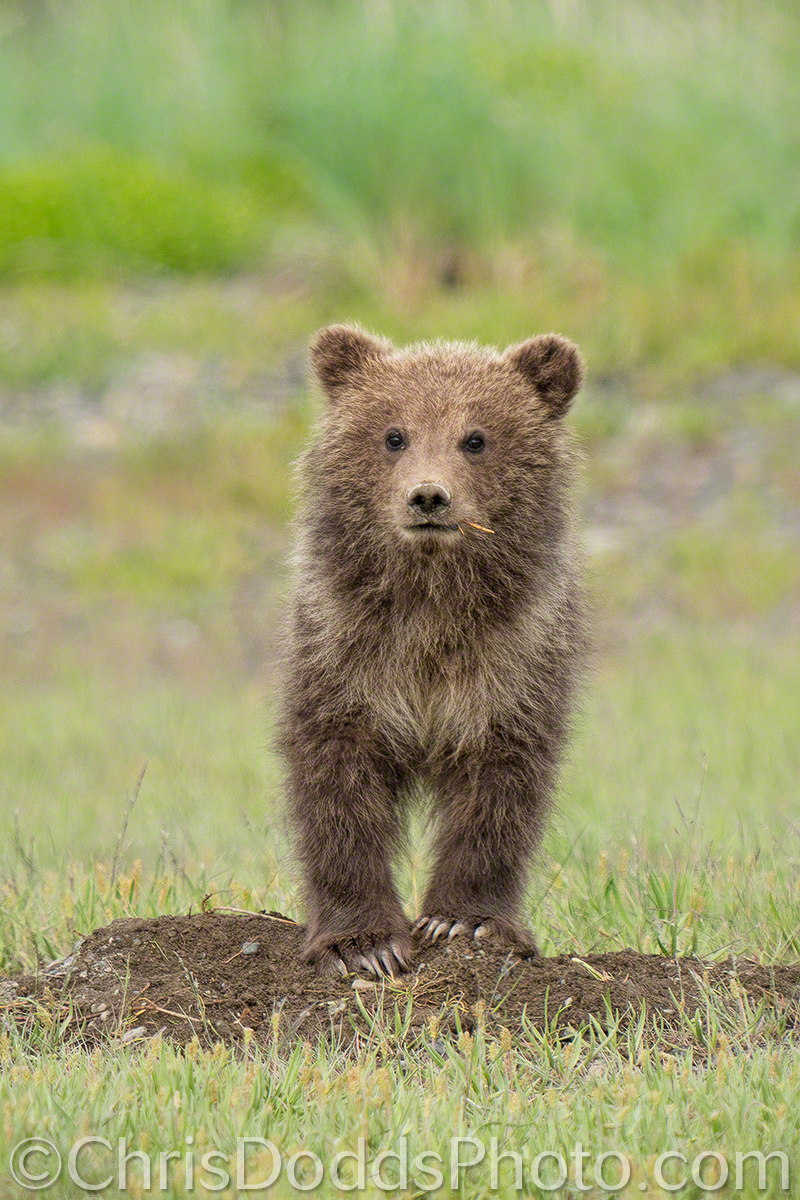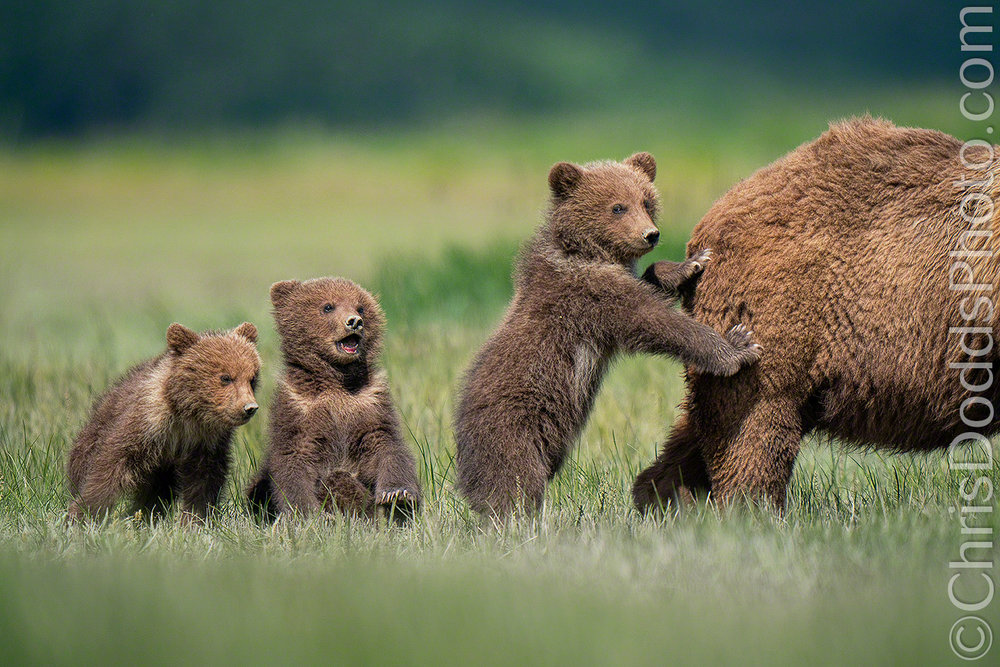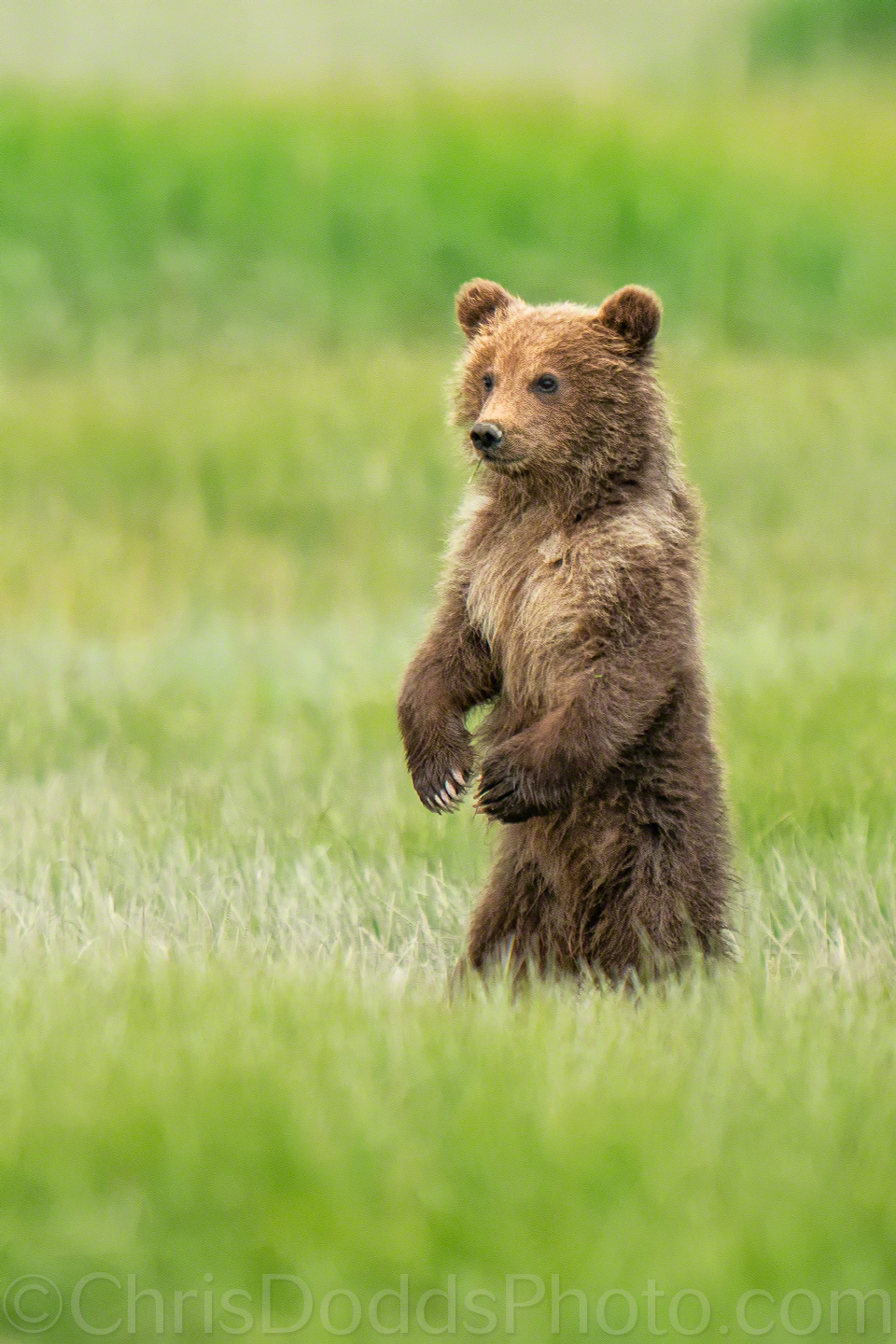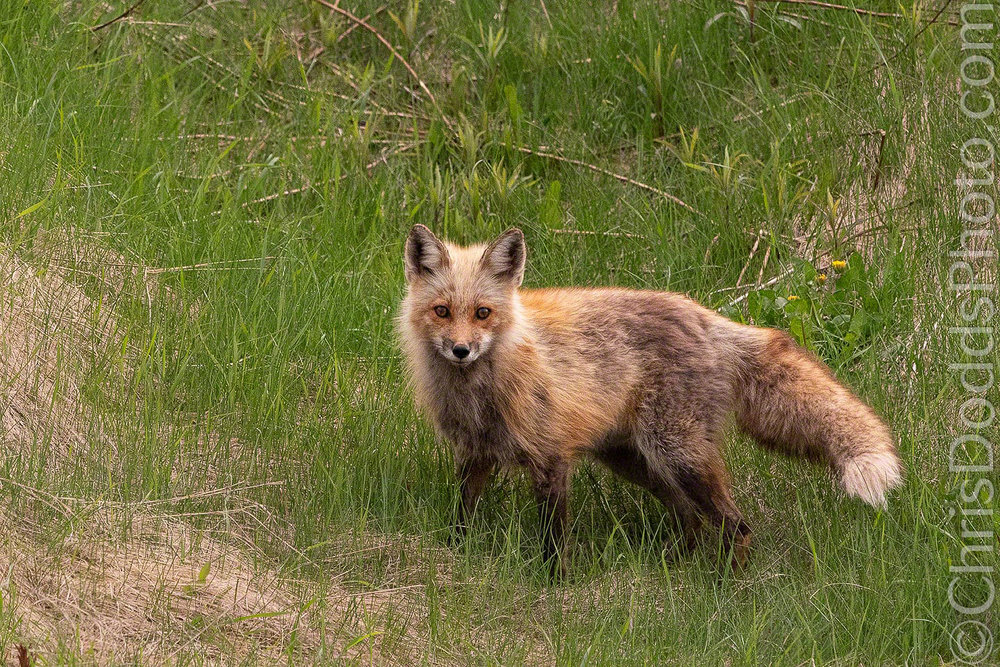 Coastal Brown Bear Spring Cubs Sparring (Ursus arctos) Hallo Bay, Katmai National Park, Alaska. Image Copyright ©Christopher Dodds. Sony Alpha a7R III Mirrorless camera & Sony FE 400mm f/2.8 G Master OSS Lens with Sony FE 2X Teleconverter @800mm ISO 640, f/5.6 @ 1/1,250s. Manual exposure. Full frame image.
Coastal Brown Bear Spring Cubs Sparring (Ursus arctos) Hallo Bay, Katmai National Park, Alaska. Image Copyright ©Christopher Dodds. Sony Alpha a7R III Mirrorless camera & Sony FE 400mm f/2.8 G Master OSS Lens with Sony FE 2X Teleconverter @800mm ISO 640, f/5.6 @ 1/1,250s. Manual exposure. Full frame image.
Here's a couple of spring cubs sparring at first light on a lightly foggy morning from my recent Coastal Brown Bear boat trip in Katmai National Park, Alaska. We had so much fun with these cubs at close range over the course of the trip - smile.
KUDOS
It is definitely not an overstatement when I say that I had one of the most incredible times of my life this past June while on Chris’ Alaska Coastal Brown Bear Boat Trip. This experience was much more than just a workshop: From start to finish, it was an extremely well-organized adventure into a pristine wilderness area that produced many unforgettable memories and images for each member of our group.
After meeting Chris and the rest of the team in Homer, the weather cooperated, so soon the floatplane was loaded with our gear and supplies, and then we all climbed on board to begin our journey. For the next hour and twenty minutes, we flew over breath-taking scenery to the boat that would act as our home base for the next 6 days. Chris had worked hard at finding a vessel that was of ample size and had what it would take to better meet our needs and be much more comfortable for us than the other available boats – and I can attest to the fact that he was successful.
The crew was extremely warm, friendly, and eager to assist us in any way that they could, both while onboard the ship, as well as during our times on the smaller boat that was used to transport us to and from our daily drop-off and pick-up locations. The food was plentiful and simply out of this world meal after meal. It was amazing to see what could be done by one very creative and talented cook in the middle of a wilderness area. It didn’t take long for all of us to feel at home and develop a real sense of friendship and enjoyment of each other’s company, which only grew as the days of our adventure together went by. Although we had to obviously keep our voices down while in the field, there was more and more joking, laughter, chatter and other signs of camaraderie in the dining area and while travelling in the shuttle boat as we got to know each other better and better. It was one terrific group, which just added to the fun of experiencing a new place! Chris couldn’t have done a better job of putting the team together.
Before our flight out of Homer, Chris shared with us that he was delighted that he had been able to get us an exceptionally experienced bear guide and naturalist for our trip, and it quickly became apparent that Chris knew what he was talking about. Chris himself also has experience as a guide and is very familiar with bears and the areas that we would be exploring. So… when a bear was spotted, it was very interesting to watch and listen to the two of them work together to “get inside of the bear’s mind” and attempt to predict what it was going to eventually do. Time after time, within a few minutes, the bear that we had chosen to photograph did exactly what Chris and the guide had told us what it was likely to do. Therefore, since we had already moved into position and had our camera gear all set up for action, we were ready to greet the bear as it casually approached us in an ideal location to photograph it. This ability to anticipate the bear’s next move was especially helpful when it was a sow with cubs. As a result, we got to photograph them when they came out of the tall grasses that had pretty much concealed them because of their small size – enabling us to get unobscured images of them eating, nursing, playing, standing, and exhibiting all of the other entertaining things young bears do! Chris and our guide coached us in techniques as to how our group could earn the bears’ trust and, as a result, the bears were completely comfortable with us and went about their routines just as if we weren’t there. Amazing job gentlemen!
- Mike Fuller NY | USA
